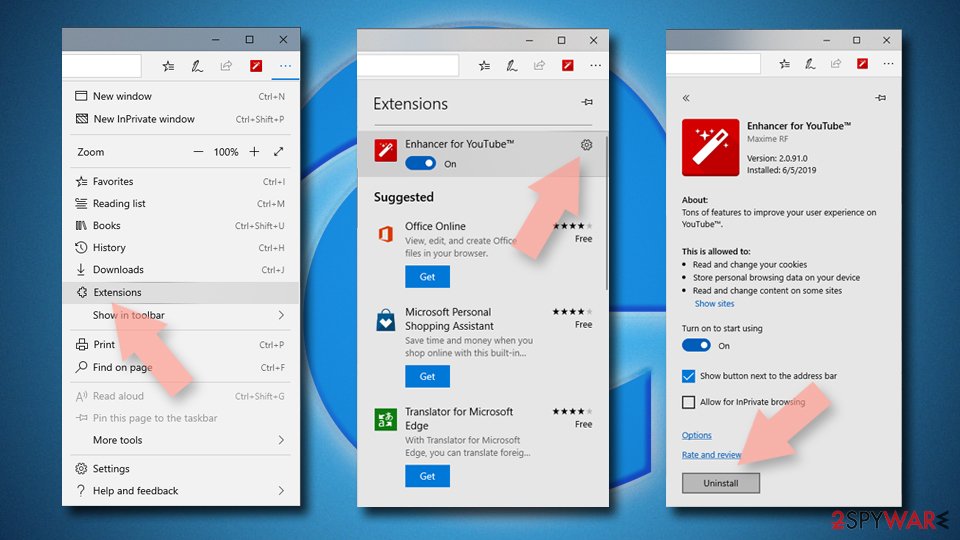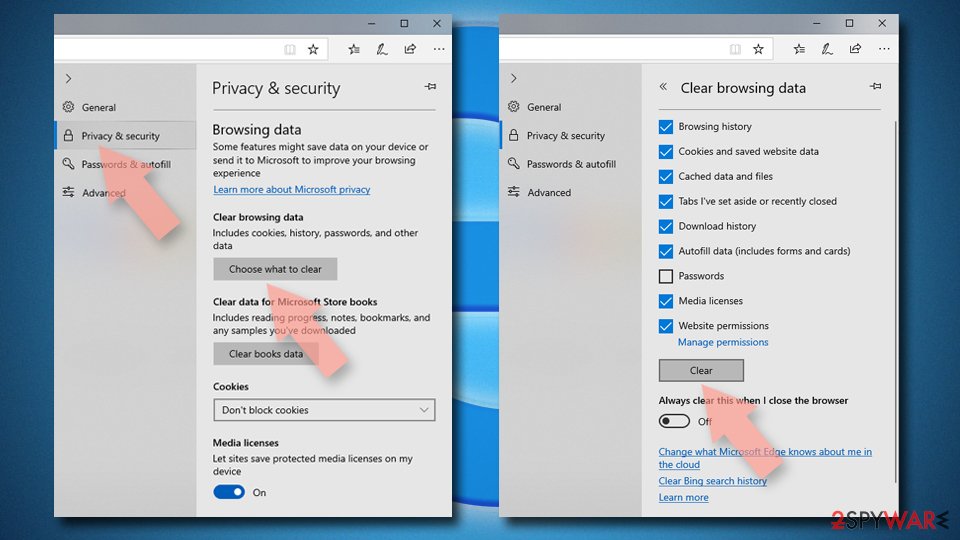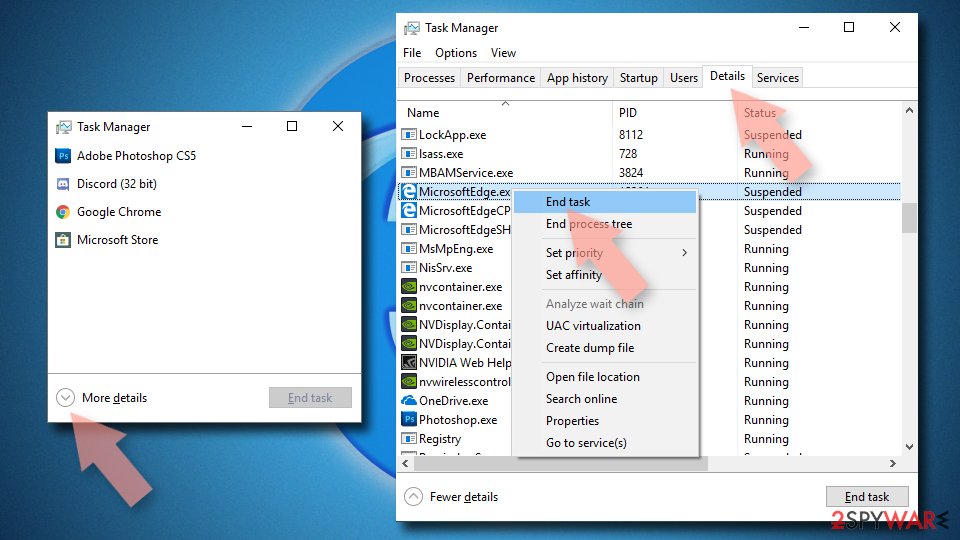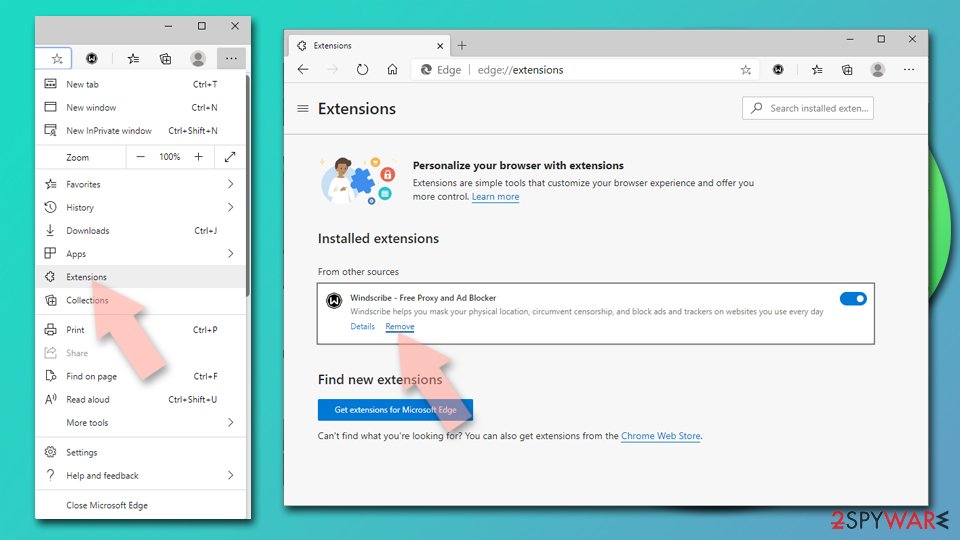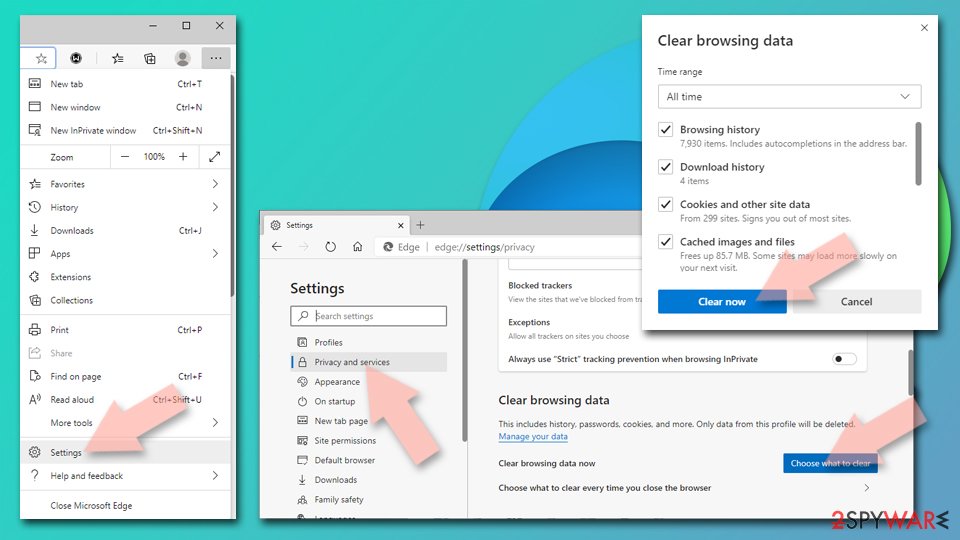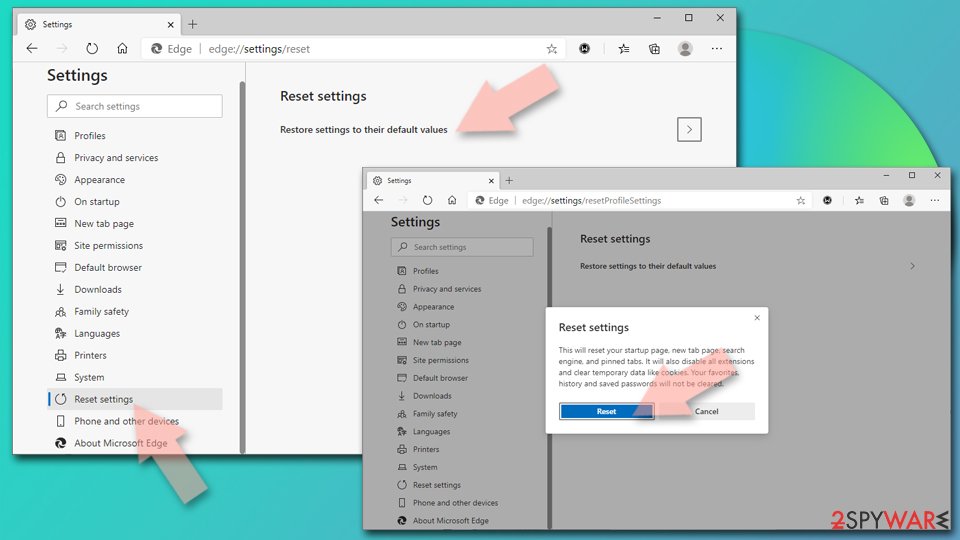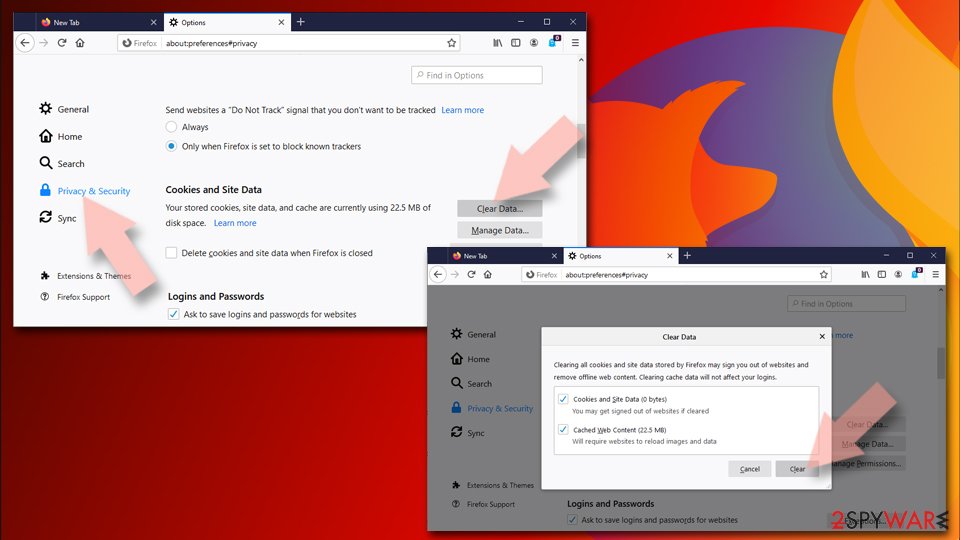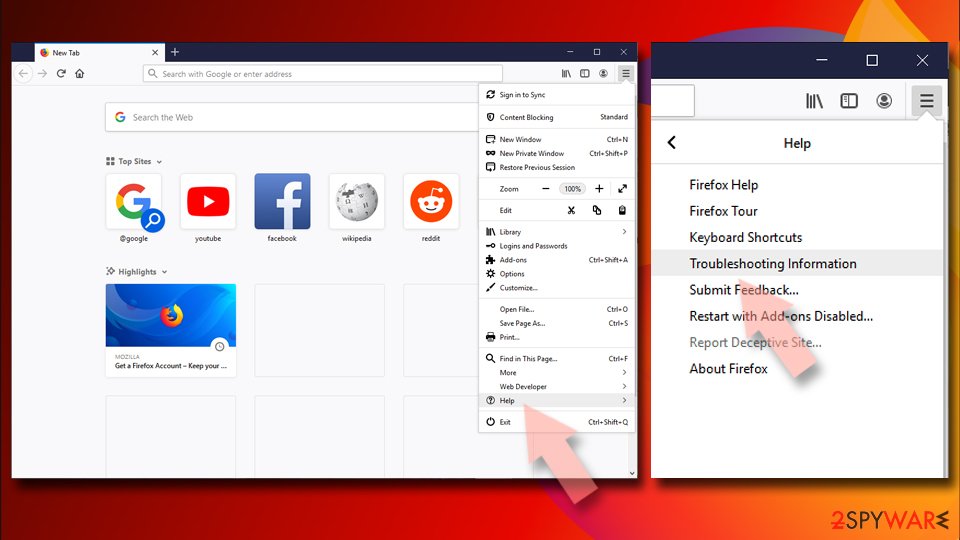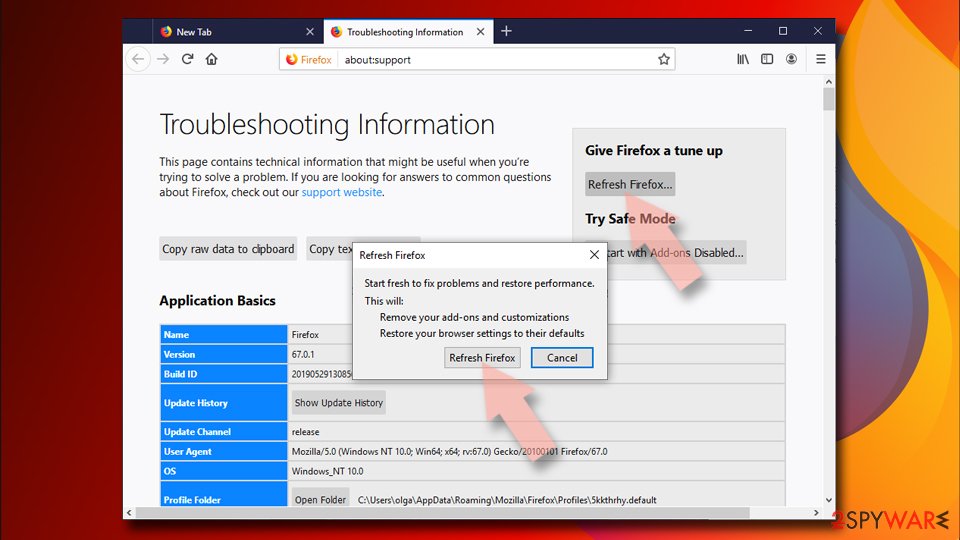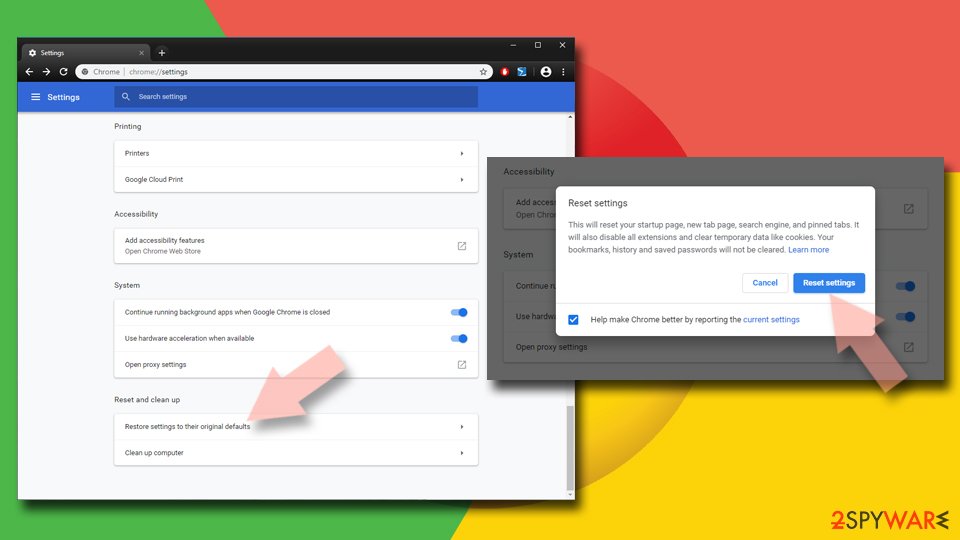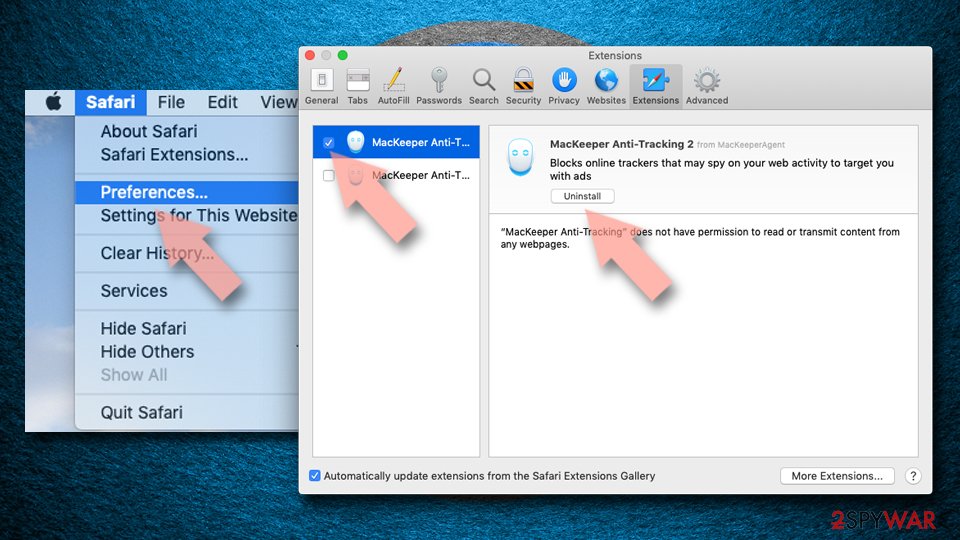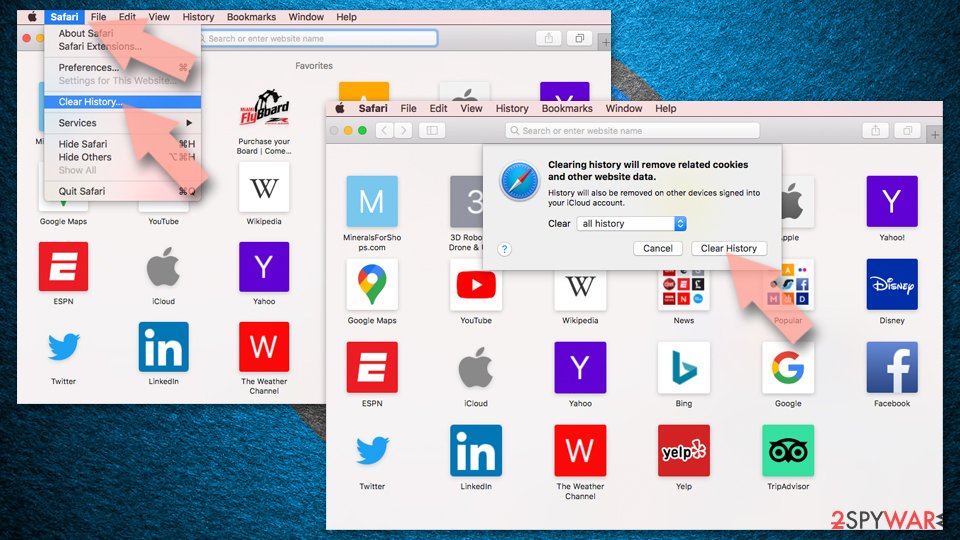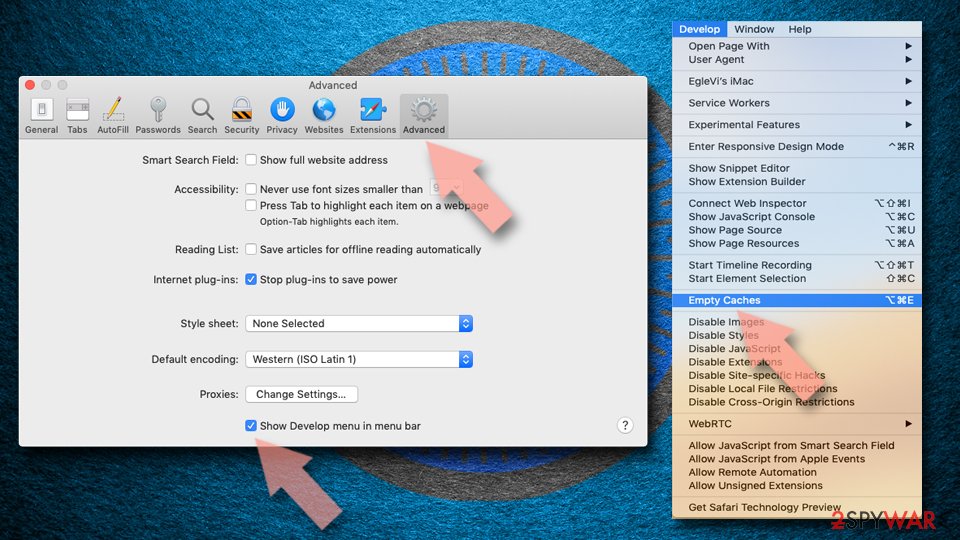Atwola (Removal Instructions) - 2019 update
Atwola Removal Guide
What is Atwola?
Atwola tracking cookie might be installed to your browser without your knowledge
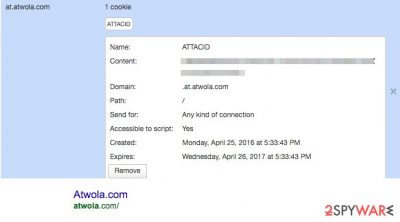
Atwola is a tracking cookie[1] that can be injected in any web browser, including Internet Explorer, Mozilla Firefox, Safari or Google Chrome. This component is used for monitoring user’s activities online, such as observing browsing history, search queries, ad clicks, downloads, etc. Technically, it would be wrong to call it Atwola virus[2] because it does not harm the computer. However, cookies like ol.at.atwola.com can be used to spy on computer users, their browsing activity and interests. If you do not want to be tracked every time you browse the web, it goes without saying that you should get rid of it by disabling.
| Name | Atwola virus |
| Type | Tracking cookie |
| Subdomains | at.atwola.com, ol.at.atwola.com, ar.atwola.com, cdn.at.atwola.com |
| Related to | AOL products, Search.aol.com |
| Main risks | Unwanted ads, redirects to unsafe websites |
| Elimination | Disable Atwola cookie and check the system with FortectIntego to make sure that unwanted redirects didn't end up with computer virus |
Reportedly, Atwola spyware is related to Search.aol.com virus, at.atwola.com, ol.at.atwola.com, ar.atwola.com, and cdn.at.atwola.com sites which are AOL ad servers (since ATWOLA is an acronym for AOL Time Warner Online Advertising), which means that this cookie gathers information in order to select targeted ads for you.
You might encounter these ads whenever you browse the Internet. They can show up as slide-in ads, banners, pop-up ads, or new tab pages filled with promotional content and commercial offers. These Atwola ads are highly unreliable and can contain redirect links, so if you ever see them on your screen, refrain yourself from clicking them.
Untrustworthy ads can force you to pay a call on high-risk websites, so if you would like to keep your computer safe, stay away from them. We also advise you to scan your computer with an anti-spyware[3] software to detect potentially unwanted ad-supported programs that might be related to Atwola cookie threat.
If you do not want some suspicious parties to track your activity and gather information about you, we strongly advise you to remove Atwola tracking cookie from your browser and pursue all related components from your computer.
Some users report that these activities started after the adnxs virus attack or infiltration of rfihub adware. These cyber threats are known for being capable of delivering unwanted advertisements on the affected web browsers.
Thus, if your browser often redirects to rfihub.com domain, display aggressive ads or perform other questionable activities, you should clean your computer from potentially unwanted programs (PUPs). Security software FortectIntego can help to perform this task and complete a full Atwola removal.

Explanation on how tracking cookies or PUPs can be installed
Atwola tracking cookie might be added to your browser right after visiting these suspicious domains related to it (ol.at.atwola.com, ar.atwola.com or at.atwola.com) or clicking on advertisement powered by AOL.
However, it is also possible to get this cookie if you use any of AOL products, also if Search.aol.com browser hijacker is installed on your system. You might accidentally install Atwola AOL cookie along with some suspicious potentially unwanted program (PUP).[4] Therefore, we would like to give you some tips on how to avoid getting such unwanted components and browse the web safely.
- Avoid pushy and bothersome web advertisements. Ordinarily, web ads are not supposed to show up every 2 minutes and open up in new browser windows or tabs. If you notice such occurrences frequently, there might be some adware type programs running on your computer system.
- Avoid visiting untrustworthy third-party websites. High-risk web pages can be contaminated with malicious links inserted into clickable content (such as ads, buttons, hyperlinks, pictures, and so on). Clicking on corrupted objects can immediately download malicious components to your computer.
- Be mindful when downloading new software to your PC. Rely only on well-known and secure web pages. If the website which provides the download link raises even the slightest suspicion for you, eschew downloading software from it. Security specialists from bedynet.ru[5] remind to download needed programs from the official developer’s sites.
- Install programs in the right manner. Opt for Custom or Advanced installation settings at all times and deselect any suspicious “recommended downloads” added to your selected software. The chances are, such additions are unreliable or even harmful.
If you made a mistake, you have to proceed to at.atwola.com removal to stop tracking activities or further browsing-related problems.
Delete Atwola cookie and other PUPs
Most of the time tracking activities are launched without user’s knowledge, and such action might not be very safe. Therefore, we recommend you to remove Atwola from the computer and stop unknown people from spying on your activities on the Internet.
Theoretically, Atwola removal is possible via the browser’s settings. However, users have reported that tracking cookie has an ability to restore itself, so we definitely recommend you to use a professional anti-spyware program to get rid of it for good. As we have previously mentioned, you can remove it with FortectIntego anti-spyware software.
You may remove virus damage with a help of FortectIntego. SpyHunter 5Combo Cleaner and Malwarebytes are recommended to detect potentially unwanted programs and viruses with all their files and registry entries that are related to them.
Getting rid of Atwola. Follow these steps
Uninstall from Windows
Follow these steps to remove adware from the Windows computer:
Instructions for Windows 10/8 machines:
- Enter Control Panel into Windows search box and hit Enter or click on the search result.
- Under Programs, select Uninstall a program.

- From the list, find the entry of the suspicious program.
- Right-click on the application and select Uninstall.
- If User Account Control shows up, click Yes.
- Wait till uninstallation process is complete and click OK.

If you are Windows 7/XP user, proceed with the following instructions:
- Click on Windows Start > Control Panel located on the right pane (if you are Windows XP user, click on Add/Remove Programs).
- In Control Panel, select Programs > Uninstall a program.

- Pick the unwanted application by clicking on it once.
- At the top, click Uninstall/Change.
- In the confirmation prompt, pick Yes.
- Click OK once the removal process is finished.
Delete from macOS
In order to stop suspicious tracking activities and forget about annoying ads, you should follow these instructions:
Remove items from Applications folder:
- From the menu bar, select Go > Applications.
- In the Applications folder, look for all related entries.
- Click on the app and drag it to Trash (or right-click and pick Move to Trash)

To fully remove an unwanted app, you need to access Application Support, LaunchAgents, and LaunchDaemons folders and delete relevant files:
- Select Go > Go to Folder.
- Enter /Library/Application Support and click Go or press Enter.
- In the Application Support folder, look for any dubious entries and then delete them.
- Now enter /Library/LaunchAgents and /Library/LaunchDaemons folders the same way and terminate all the related .plist files.

Remove from Microsoft Edge
Delete unwanted extensions from MS Edge:
- Select Menu (three horizontal dots at the top-right of the browser window) and pick Extensions.
- From the list, pick the extension and click on the Gear icon.
- Click on Uninstall at the bottom.

Clear cookies and other browser data:
- Click on the Menu (three horizontal dots at the top-right of the browser window) and select Privacy & security.
- Under Clear browsing data, pick Choose what to clear.
- Select everything (apart from passwords, although you might want to include Media licenses as well, if applicable) and click on Clear.

Restore new tab and homepage settings:
- Click the menu icon and choose Settings.
- Then find On startup section.
- Click Disable if you found any suspicious domain.
Reset MS Edge if the above steps did not work:
- Press on Ctrl + Shift + Esc to open Task Manager.
- Click on More details arrow at the bottom of the window.
- Select Details tab.
- Now scroll down and locate every entry with Microsoft Edge name in it. Right-click on each of them and select End Task to stop MS Edge from running.

If this solution failed to help you, you need to use an advanced Edge reset method. Note that you need to backup your data before proceeding.
- Find the following folder on your computer: C:\\Users\\%username%\\AppData\\Local\\Packages\\Microsoft.MicrosoftEdge_8wekyb3d8bbwe.
- Press Ctrl + A on your keyboard to select all folders.
- Right-click on them and pick Delete

- Now right-click on the Start button and pick Windows PowerShell (Admin).
- When the new window opens, copy and paste the following command, and then press Enter:
Get-AppXPackage -AllUsers -Name Microsoft.MicrosoftEdge | Foreach {Add-AppxPackage -DisableDevelopmentMode -Register “$($_.InstallLocation)\\AppXManifest.xml” -Verbose

Instructions for Chromium-based Edge
Delete extensions from MS Edge (Chromium):
- Open Edge and click select Settings > Extensions.
- Delete unwanted extensions by clicking Remove.

Clear cache and site data:
- Click on Menu and go to Settings.
- Select Privacy, search and services.
- Under Clear browsing data, pick Choose what to clear.
- Under Time range, pick All time.
- Select Clear now.

Reset Chromium-based MS Edge:
- Click on Menu and select Settings.
- On the left side, pick Reset settings.
- Select Restore settings to their default values.
- Confirm with Reset.

Remove from Mozilla Firefox (FF)
These guidelines will help you to reset Mozilla Firefox and stop tracking activities:
Remove dangerous extensions:
- Open Mozilla Firefox browser and click on the Menu (three horizontal lines at the top-right of the window).
- Select Add-ons.
- In here, select unwanted plugin and click Remove.

Reset the homepage:
- Click three horizontal lines at the top right corner to open the menu.
- Choose Options.
- Under Home options, enter your preferred site that will open every time you newly open the Mozilla Firefox.
Clear cookies and site data:
- Click Menu and pick Settings.
- Go to Privacy & Security section.
- Scroll down to locate Cookies and Site Data.
- Click on Clear Data…
- Select Cookies and Site Data, as well as Cached Web Content and press Clear.

Reset Mozilla Firefox
If clearing the browser as explained above did not help, reset Mozilla Firefox:
- Open Mozilla Firefox browser and click the Menu.
- Go to Help and then choose Troubleshooting Information.

- Under Give Firefox a tune up section, click on Refresh Firefox…
- Once the pop-up shows up, confirm the action by pressing on Refresh Firefox.

Remove from Google Chrome
Follow these steps to fix Google Chrome and stop spying activities:
Delete malicious extensions from Google Chrome:
- Open Google Chrome, click on the Menu (three vertical dots at the top-right corner) and select More tools > Extensions.
- In the newly opened window, you will see all the installed extensions. Uninstall all the suspicious plugins that might be related to the unwanted program by clicking Remove.

Clear cache and web data from Chrome:
- Click on Menu and pick Settings.
- Under Privacy and security, select Clear browsing data.
- Select Browsing history, Cookies and other site data, as well as Cached images and files.
- Click Clear data.

Change your homepage:
- Click menu and choose Settings.
- Look for a suspicious site in the On startup section.
- Click on Open a specific or set of pages and click on three dots to find the Remove option.
Reset Google Chrome:
If the previous methods did not help you, reset Google Chrome to eliminate all the unwanted components:
- Click on Menu and select Settings.
- In the Settings, scroll down and click Advanced.
- Scroll down and locate Reset and clean up section.
- Now click Restore settings to their original defaults.
- Confirm with Reset settings.

Delete from Safari
Remove unwanted extensions from Safari:
- Click Safari > Preferences…
- In the new window, pick Extensions.
- Select the unwanted extension and select Uninstall.

Clear cookies and other website data from Safari:
- Click Safari > Clear History…
- From the drop-down menu under Clear, pick all history.
- Confirm with Clear History.

Reset Safari if the above-mentioned steps did not help you:
- Click Safari > Preferences…
- Go to Advanced tab.
- Tick the Show Develop menu in menu bar.
- From the menu bar, click Develop, and then select Empty Caches.

After uninstalling this potentially unwanted program (PUP) and fixing each of your web browsers, we recommend you to scan your PC system with a reputable anti-spyware. This will help you to get rid of Atwola registry traces and will also identify related parasites or possible malware infections on your computer. For that you can use our top-rated malware remover: FortectIntego, SpyHunter 5Combo Cleaner or Malwarebytes.
How to prevent from getting browser plugins
Stream videos without limitations, no matter where you are
There are multiple parties that could find out almost anything about you by checking your online activity. While this is highly unlikely, advertisers and tech companies are constantly tracking you online. The first step to privacy should be a secure browser that focuses on tracker reduction to a minimum.
Even if you employ a secure browser, you will not be able to access websites that are restricted due to local government laws or other reasons. In other words, you may not be able to stream Disney+ or US-based Netflix in some countries. To bypass these restrictions, you can employ a powerful Private Internet Access VPN, which provides dedicated servers for torrenting and streaming, not slowing you down in the process.
Data backups are important – recover your lost files
Ransomware is one of the biggest threats to personal data. Once it is executed on a machine, it launches a sophisticated encryption algorithm that locks all your files, although it does not destroy them. The most common misconception is that anti-malware software can return files to their previous states. This is not true, however, and data remains locked after the malicious payload is deleted.
While regular data backups are the only secure method to recover your files after a ransomware attack, tools such as Data Recovery Pro can also be effective and restore at least some of your lost data.
- ^ Tracking Cookies: What They Are, and How They Threaten Your Privacy. Tom's Guide. Tech product reviews, top picks and how to.
- ^ Computer virus. Wikipedia. The free encyclopedia.
- ^ Anti-spyware. Techopedia. Explaining the latest tech buzzwords.
- ^ Lincoln Spector. How to spot and avoid installing potentially unwanted programs. PC World. News, tips and reviews from the experts on PCs, Windows and more.
- ^ Bedynet. Bedynet. Russian cyber security news.





